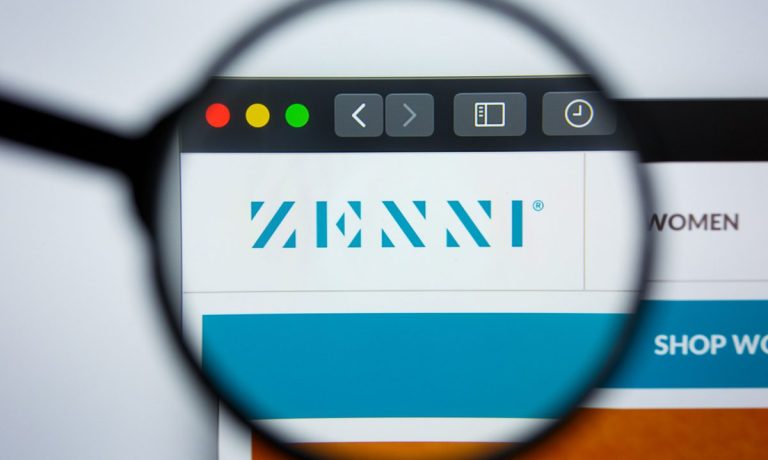Zenni Optical’s Secret to Moving More Prescription Eyeglass Orders Online

If you just scanned headlines or social media posts, it’d be easy to think that the digital transformation was halfway done shifting our entire lives online. But truth be told, many verticals and industries have barely scratched the surface, leaving plenty more to be done to modernize legacy processes and complete the digital shift.
Take eyewear, for example. Zenni Optical Chief Technology Officer David Ting told PYMNTS’ Karen Webster for the Commerce Voice series produced in collaboration with Checkout.com that only about 14% of consumers currently purchase eyewear online, leaving the optical market as veritable digital forgotten land.
“I think Amazon did it right. It’s a customer obsession. If you look at why eCommerce is successful, it’s just the convenience factor,” Ting said, noting that improving the customer experience by removing barriers to intangibles like trust while creating seamlessness at every step is key.
Given that buying glasses can sometimes be as personal and intimate a decision as buying apparel, online marketplaces like Zenni must not only recreate the legacy behavior of an in-office visit to an optometrist but improve it.
As much as the “old system” is inconvenient, people know it and trust it, he said, pointing to the challenge that Zenni faces in bringing that sentiment into the eCommerce realm, where the uptake rate is still in the low teens.
“If you look at [that 14% stat] you say, ‘Wait a minute. Something must be broken because that digital disruption hasn’t happened,’” Ting said. “Dive into it little more, then you understand [that’s because the] trust is still not there.”
See also: Building A Better Online Checkout Experience: The Key Features That Matter To Customers
Assuring consumers that factors like material, weight, fit and aesthetics can be addressed online is one way technology builds trust and drives expansion in the sector.
Pricing and transparency are other ways.
“Our founders started saying, ‘Let’s make it affordable, let’s make it fashionable, high quality and just cut out all the middleman,’” Ting said. “Right now, my job is to figure out from a technical standpoint how to make that experience better for the consumer.”
An Eye on What’s Next
Ting said he joined Zenni because the convergence of technologies like artificial intelligence (AI) and machine learning (ML), combined with the precise measurements possible with a smartphone camera, are, in a sense democratizing the space — and that has major implications.
With people becoming more comfortable with virtual eye exams post-pandemic, Zenni and others are building on that shift while doing some social good.
On the payments side, Zenni is experimenting with buy now, pay later (BNPL), which they adopted “after the trend,” he said.
“This is why I joined the company,” Ting said. “Hopefully we could be working and innovating as fast as a tech company. If I look at buy now, pay later, there’s also another part of it, like on credit card declines,” he said, before pointing to them as an opportunity to get third parties to charitably fund rejected transactions.
This dovetails with how Zenni is looking at payments across its ecosystem. Ting said digital wallets and smartphone biometrics are poised to revolutionize the entire process.
Related: Checkout.com Intros Bespoke Solution to Support Marketplace Growth
Disrupt From Within
Getting free of legacy systems and processes isn’t a one-and-done proposition, but Ting understands that this is the time for these initiatives to move ahead at full speed.
“At Zenni, the reason why I was hired, and this is full disclosure, was because we’re declining,” he said. “All of our competitors are declining because the barrier to entry is no longer there for other merchants to come in to provide great services. The technical platform is no longer a barrier,” he added, noting the costly robotics, automation and manufacturing investment barriers are also coming down.
Clinging to legacy systems is a major part of the change he’s working to bring about, as he feels it’s the best way to future-proof the business and serve more customers in more places.
“That first six months of COVID was amazing, but then people got comfortable, and they stopped,” he said. “I think this is where businesses can take advantage of that.”